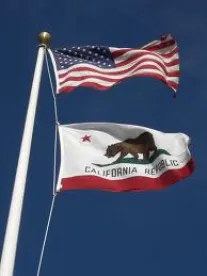On December 5th, 2013, California’s Office of Environmental Health Hazard Assessment (“OEHHA”) Carcinogen Identification Committee decided to add diisononyl phthalate (“DINP”) to the Proposition 65 list of chemicals known to the state to cause cancer. At the same meeting, Committee decided not to list as a carcinogen a related chemical, Butyl benzyl phthalate (“BBP”). The materials the Committee relied upon, including two reports, public comments, and staff presentations, are publicly available on the OEHAA website.
The addition of DINP to the Proposition 65 list is significant. Chemicals are added to the list as carcinogens, developmental toxicants, or both. Prior to the Committee’s decision, DINP was not listed for any reason, but several other phthalates (BBP, DEHP, DIDP, DBP, and DNHP) were listed. As a result, manufacturers who steered away from regulated phthalates may have selected DINP as a substitute. Over ninety percent of DINP is now used as a PVC plasticizer for products such as vinyl flooring, wire and cable insulation, coated fabrics, gloves, tubing, garden hoses, artificial leather, footwear and roofing. DINP is also used in the manufacture of certain rubbers, inks, paints, lacquers, adhesives and sealants.
Manufacturers whose products contain DINP and are sold in California should assess their products against Proposition 65 requirements and, if exposure is an issue, to decide whether to reformulate or to provide a Proposition 65 warning. Retailers will also need to examine whether products they sell in California could be a source of exposure to DINP. The Proposition 65 warning requirements for DINP will take effect in December 2014 or January 2015, one year after DINP is formally added to the Proposition 65 list.
Since BBP has been on the Proposition 65 list since 2005 as a chemical known to cause developmental toxicity, the Committee’s decision not to list it as a carcinogen will have less of an impact.



 />i
/>i

